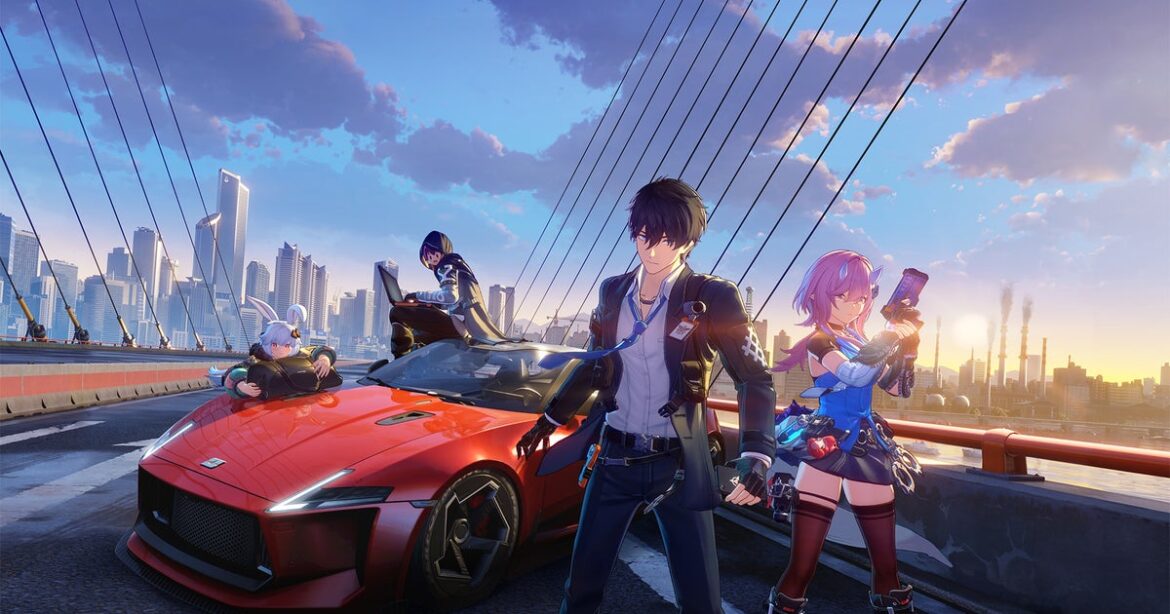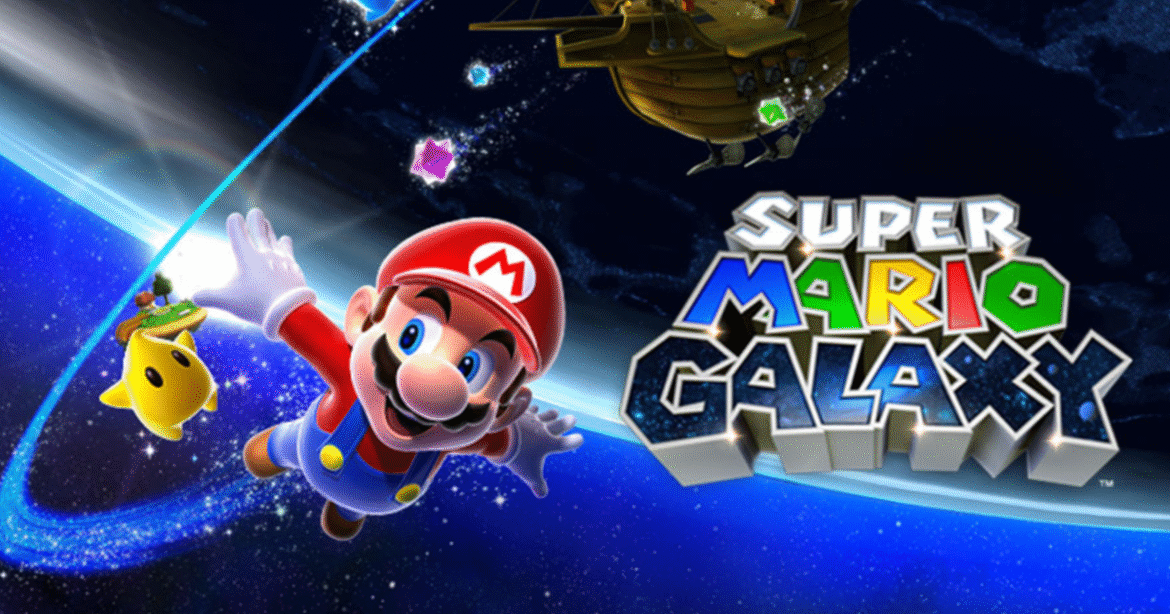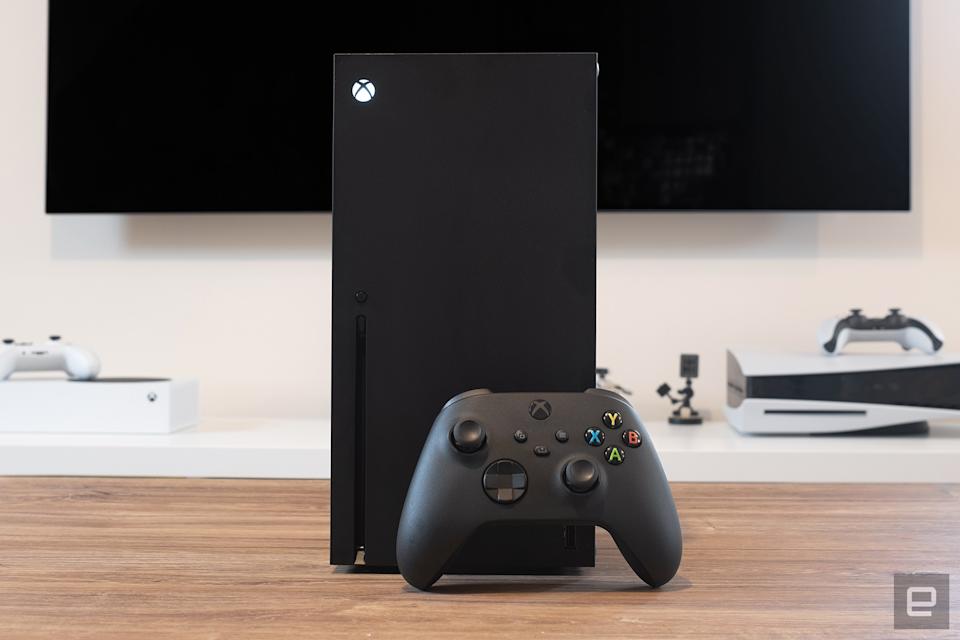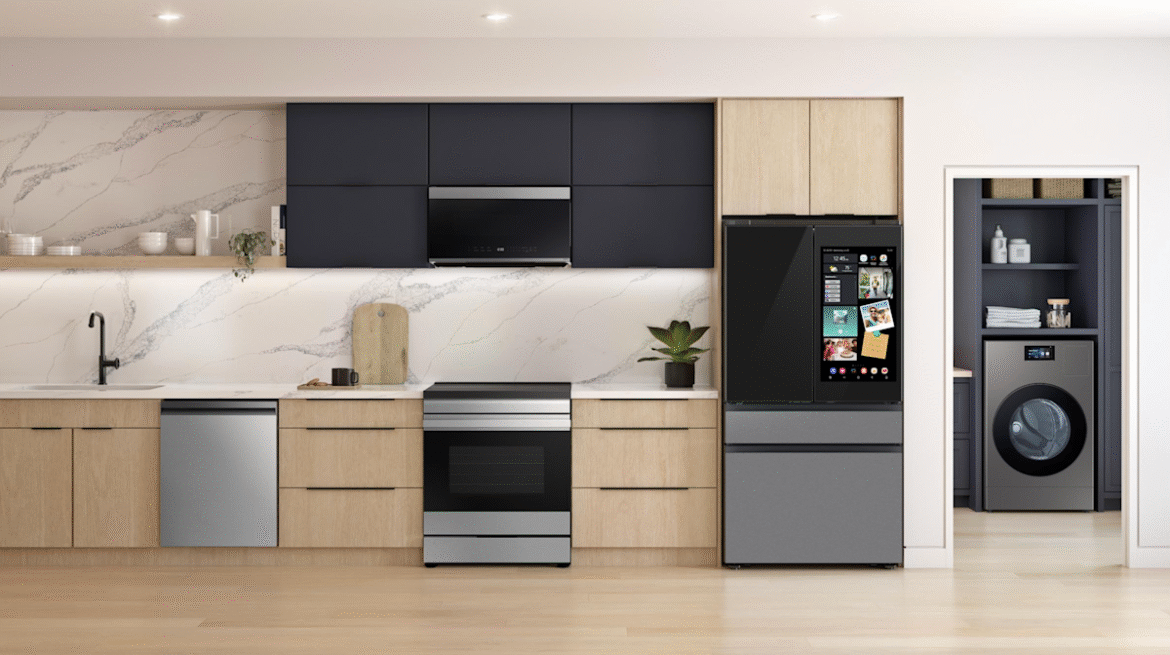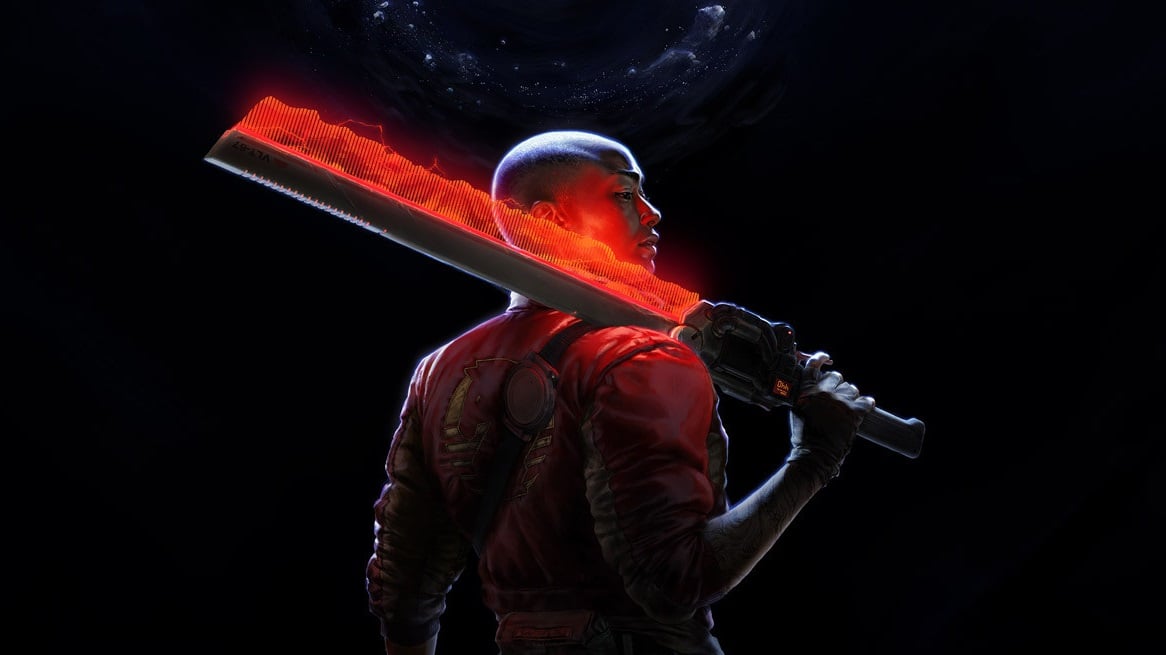When discussing the development of AR and AR devices back in 2016, he said that most people wouldn’t find it acceptable to be “enclosed in something … because we are sociable people at heart.” He was spot on.
It turns out that what people really want at this moment is to just wear something that looks good and feels like a normal pair of glasses, with use cases that are actually, well, useful. And no, Tim, that’s not to watch Ted Lasso on their ceiling.
Coming to smart glasses in 2027 will feel almost impossibly late for a market that is taking off now, and while Apple is no stranger to starting behind, it will need to ensure its judgment on what its customers want in smart glasses is much more attuned than it was with Apple Vision Pro. At this point, it simply can’t afford another misstep.
But Apple isn’t giving up on Apple Vision Pro either, and reports suggest it may well revisit it once the more pressing issue of smart glasses is dealt with. While Gartenberg remains unconvinced that Apple can get the Vision Pro cheap enough to make it truly accessible for all (“the things that Apple would need to do to get this thing down to a price for humans is extraordinary”), Sag suggests it might not have to.
He points to the boom in gaming consoles as an example. Rather than flatlining the gaming PC market as was predicted, the proliferation of consoles actually helped drive sales of PCs, with more people getting into gaming, so more wanting to level up their equipment in time. He predicts the same trend will happen with smart glasses. People will start with more basic, familiar frames, then migrate into the chunkier, fully featured versions.
“People need to remember that XR is a spectrum and that devices are going to exist along that continuum,” Sag says. “The cheaper, simpler devices are going to reach the most people, but then there’s going to be a lot of people who want more than this base level experience.”
One day, Apple may be able to make that singular, gorgeous XR headset that people actually want to wear. But until then, it has to meet the market where it is headed—and that is in cheaper, lighter, more functional frames.


